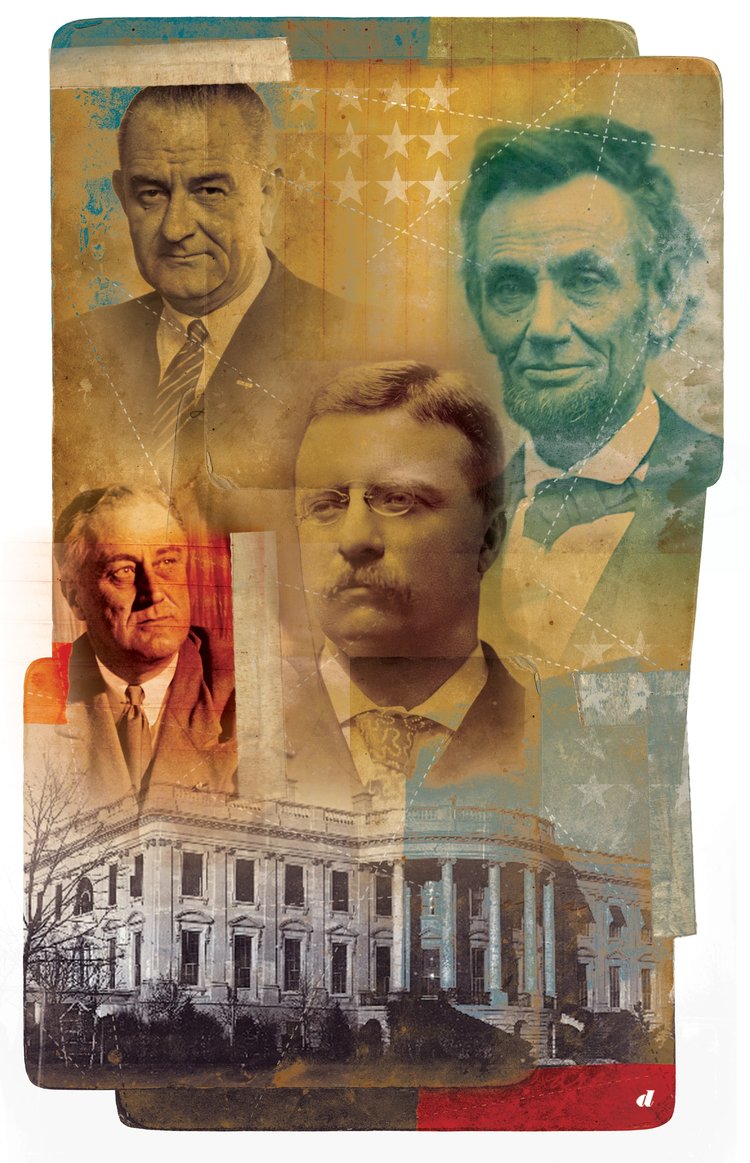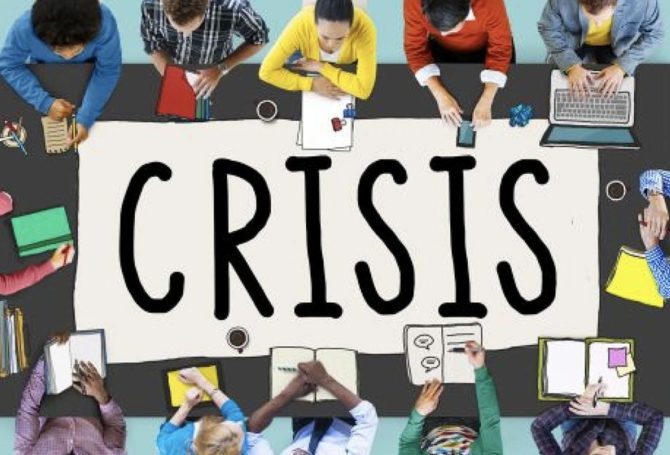Presidential Lessons on Leadership in Crisis Management
Leadership in a crisis involves skills admired in the abstract, but shunned in practice when feathers are flying. In our current moment, crisis leadership too often are AWOL.
In Leadership for Turbulent Times, Doris Kearns Goodwin traces the evolution of four Presidents from their formative period to the crucible of crisis that defined their legacy. In her narratives about Abraham Lincoln, Teddy Roosevelt, Franklin Roosevelt and Lyndon Johnson, Goodwin points out the traits that each President employed as he led the nation out of crisis.
The traits she identified from the four presidents are case studies for any leader charged with managing a crisis – careful listening, empathy, thoughtfulness, patience, preparation, dramatic action, humility and personal responsibility.

Careful Listening: Lincoln surrounded himself with a “team of rivals.” Teddy Roosevelt and Franklin Roosevelt consumed huge volumes of information, but they listened most carefully to human stories. Johnson chose to retain John F. Kennedy’s Cabinet as a sign of respect and ensure he understood the priorities of his predecessor. Listening for all four men was how they learned, especially in a time of crisis when time was the enemy.
Empathy: All four Presidents assumed the role as the representative of Americans at large, not special interests or regional preferences. In their own ways, each President tried to put themselves into the shoes of the soldier, the overworked and underpaid coal miner, the dispossessed farmer and the downtrodden minority. They thirsted for real-life stories that revealed real-life circumstances. From those stories, they developed an empathy that informed and humanized their decision-making.
Thoughtfulness: Each President found a way in the midst of crisis to carve out a space to think. They understood the crisis they faced had both transactional and transformational dimensions. They gave thought to how to address the immediate aspects of crisis while identifying the underlying cause and possible remedies.
Patience: When the Presidents decided on a course of action, they didn’t immediately spring into action. In some cases, they waited for the right moment for public opinion to congeal. In other cases, they took their time to consider options, reactions and precedents. They exercise what you might call creative patience.
Historian Doris Kearns Goodwin has traced the traits of four US presidents that enabled them to meet and overcome major crises in the history of the country. Those traits are applicable to all leaders facing crisis today.
Preparation: When a final decision was made, support staff was mobilized to put the necessary steps in place. FDR created the Civilian Conservation Corps and demanded that 125,000 unemployed and unmarried young men would be recruited, trained and transported to untended American timberlands within months. Few thought it was possible, but it happened because of expert preparation and coordination.
Dramatic Action: In a crisis, actions matter more than words. Sometimes the actions are bold and risky. Lincoln issued the emancipation proclamation at a pivotal moment in the Civil War. Teddy Roosevelt intervened in a major coal strike. FDR called a special session of Congress to establish new banking regulations. Johnson pushed for passage of the Civil Rights Act. Each dramatic action solidified the perception that these four men were leaders. They were able to accomplish what most people thought impossible – 200,000 new recruits, an arbitrated end to a destabilizing coal strike, federal insurance for bank deposits and the first civil rights legislation of any consequence since the end of the Civil War.
The last two qualities Goodwin identified may be the most important.
Humility: By almost any standard, the Roosevelts and Johnson were not humble. Lincoln came closest to humble, but even he seethed with ambition. In the face of crisis, however, each in their own way displayed humility in service of their objective. Lincoln abided the advice of political opponents. Teddy Roosevelt endured the insufferable attitude of coal company owners. Johnson let GOP Senate Leader Everett Dirksen play the lead role in passage of the Civil Rights Act. These four presidents put their egos in their pockets, at least for a while, to achieve a greater good than could have achieved on their own.
Personal Responsibility. All four Presidents assumed full responsibility for their actions – and the potential for failure. Lincoln’s confidantes warned the emancipation proclamation could redouble the resolve of the Confederacy and led to mass defections from the Union army. Teddy Roosevelt knew his intervention in a strike was outside his constitutional authority. In his fireside chats, FDR admitted some of the policies and programs he initiated were experimental and may not work as intended. Good to his word, Roosevelt modified or ended programs that didn’t work. Johnson was told civil rights legislation would never make it out of a Congress dominated by Southern lawmakers. He told Martin Luther King, Jr. that he could make it happen.
Goodwin’s book focuses on presidential crisis management. However, the principles of effective crisis management don’t change because of different job titles. Any crisis is a fundamental challenge to a reputation, a brand or an identity.
The most significant change in managing a crisis since the eras of Lincoln, the Roosevelts and Johnson has been the advent of the internet, digital media and smartphones. Time is an even greater enemy to a smart response to a crisis.
The only known antidote is more thoughtful advance preparation that includes identifying potential crisis scenarios, go-to resources and an internal crisis team leader. Preparation also should include updated contact lists, a trained media spokesperson and a ghost website with information and imagery that can be shared immediately.
What Goodwin’s treatise on leadership teaches is the imperative of CEO involvement in crisis management. Only the CEO can provide the moral authority as well as the administrative approval for bold crisis responses. Only the CEO can speak for an entire organization, including its consumers, stakeholders and employees affected by the crisis and the response. Only the CEO can see beyond the crisis to the future. Only the CEO can invoke the mission and purpose of an organization as guidance for every person involved in a crisis response.



